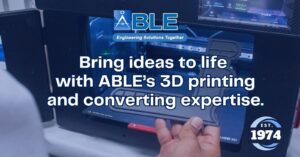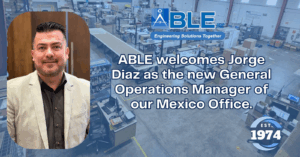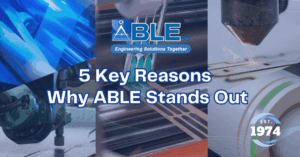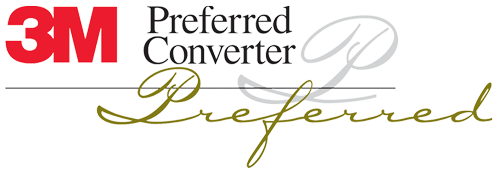Laser Cutting in the Automotive Industry: Precision at Its Best
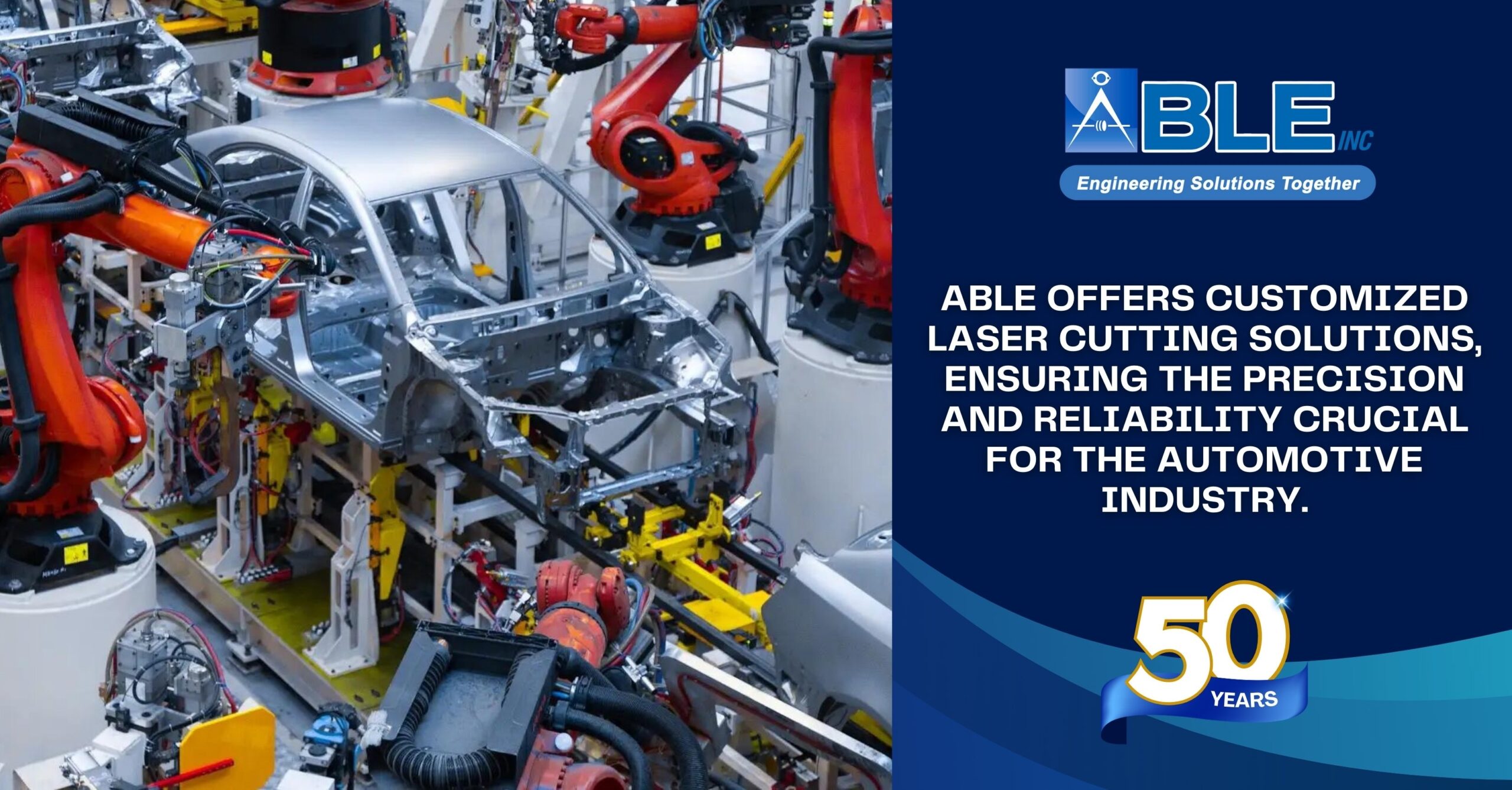
Laser cutting is a highly accurate process by which materials are cut or engraved using a beam of light. Numerous industries employ it for developing intricate designs and sharp edges, which employ little to no material.
Laser-cutting technology originated in the 1960s for industrial use before rapidly transforming the manufacturing industry by offering better solutions. Whenever it became clear that laser cutting was a highly accurate manufacturing method, it became a standard feature of modern production where precision was paramount, such as in the automotive and aerospace industries.
How is Laser Cutting Used in the Automotive Industry?
In automobile manufacturing, this serves to cut metal and other materials to manufacture components ranging from car frames and bodies to the engine and interiors. This process involves the utilization of a highly focused laser light to selectively heat or ablate the material, thereby creating clean edges. It enables accurate and precise production of shapes and components incorporated into automobiles in automotive manufacturing, enhancing efficiency and quality.
Applications of Laser Cutting in the Automotive Industry
Body Panels and Structural Components
Laser cut is one of the most important technologies for creating parts from metal and other materials for the automotive industry —from the body to the engine and even the details in the interior. This process utilizes a highly intense laser beam that selectively heats the material to the point of melting or vaporizers to produce clean, polished edges. It allows the creation of several curves and complex sections in a bid to achieve efficiency in the production of automobiles and accuracy in the formation of parts.
Interior and Exterior Trim
Laser cutting takes industrial automotive design to another level and applies to the interior and exterior spaces of a car design such as the dashboard and door trim and ornamentation. Using this technology, manufacturers can develop intricate and aesthetically pleasing patterns on these components besides improving on their versatility. Laser-cutting takes the aesthetics and feel of a car interior and exterior to another level by allowing mini cuts and intricate designs.
Engine and Transmission Components
Laser cutting’s precision is crucial when it comes to making complex parts for engines and transmissions. These components need to meet exact specifications to ensure they perform reliably because even the smallest flaw can cause mechanical issues. By using laser cut, manufacturers can achieve the high level of accuracy required to produce parts that meet strict quality standards, helping to ensure that engine and transmission systems run smoothly and last longer.
Customization and Prototyping
Laser cutting is particularly effective for rapid prototyping and modifying designs in the car manufacturing industry, as it allows changing the model and producing parts as many times as needed. This flexibility is especially beneficial when designing a new car model, as design changes and modifications may sometimes be required. Laser cut enables manufacturers to prototype and make component changes rapidly, which helps new product development and reacting to market needs. This results in short product cycles and more easily fulfilled customer desires.
Advantages of Laser Cut in Automotive Manufacturing
Precision and Accuracy
The main advantage of cutting by the laser method is the possibility of achieving a high degree of accuracy in cutting, with low variations. Such accurate measurement is essential in avoiding wastage, it is through precision that pieces are cut most efficiently, and hence use of raw materials is optimized. Also, laser cut is precise, and this means that various components needed for the assembly of automotive products will fit well and will meet the quality and safety precautions that are required in the automotive industry.
Versatility in Material Handling
One such aspect is the ability of laser cutting to cut through a multitude of different materials including metals, polymers, and composites commonly used in the manufacture of automobiles. This flexibility is critical for manufacturers who often have to use different materials in a single car since it enables them to cut everything from intricate plastic interior parts to rigid steel body lines. It is advantageous to be able to cut all these materials with equal ease at any operations dealing with production since it reduces redundancy and enhances flexibility in operations.
Speed and Efficiency
Laser-cutting technology is said to have a high cutting speed; therefore, it is recommended for use in the automobile manufacturing sector. This speed affects the time taken in production and other manufacturing processes since they make parts in large numbers and within short durations. It is noteworthy that the use of laser cutting also means high speeds, which, in addition to increasing productivity, helps save money on labor and reduces the time required for manufacturing.
Reduced Need for Secondary Processing
Laser cutting reduces material thickness by removing material from edges, reducing secondary processing time, and reducing production time. This allows manufacturers to move components more quickly, enhancing efficiency and reducing costs.
ABLE’s Laser Cutting for Automotive Components
ABLE has years of expertise in the automotive industry and is an expert in laser cutting complex and precise parts. ABLE has a proven track record of partnering with top companies in the industry, such as 3M, Saint Gobain, and Rogers Corp., demonstrating its ability to fulfill the strict requirements of the automotive industry. We maintain strict quality control procedures, guaranteeing that each component satisfies the highest standards of durability and accuracy. By offering customized laser cutting solutions, ABLE can meet particular automotive needs and give businesses the accuracy and reliability required for modern automotive production.
In conclusion, laser cutting has become one of the most widely used and essential technologies in the automotive industry regarding fine cutting, flexibility, and speed. Similarly in the case of the automotive industry the application of laser cutting for automotive manufacturing and also expected to have faster growth in the future.
Contact ABLE today to enhance your automotive production with precision laser cutting!
References:
https://able123converting.com/blog/experience-industrial-efficiency-with-ables-laser-cutting-innovations/
https://www.hygradelaser.com.au/how-laser-cutting-benefits-the-automotive-industry
https://able123converting.com/blog/able-automotive-solutions-excellence-in-partnership-and-industry-leading-products/


